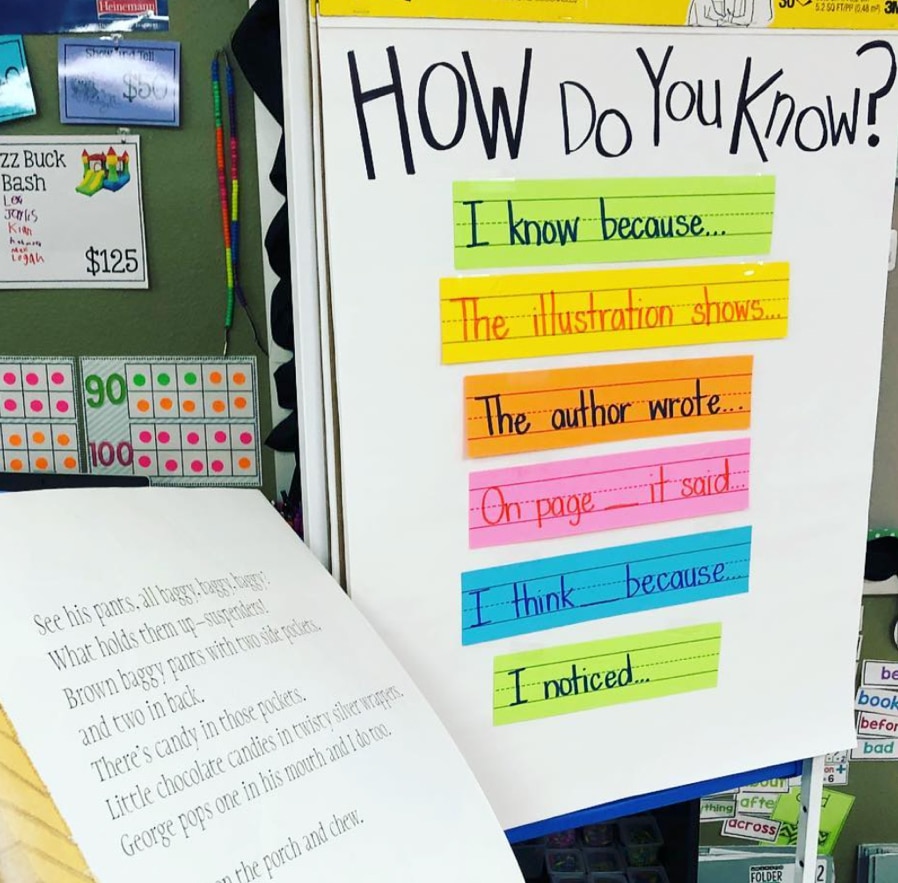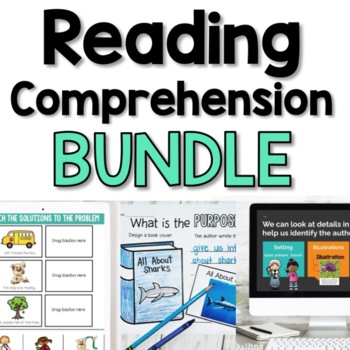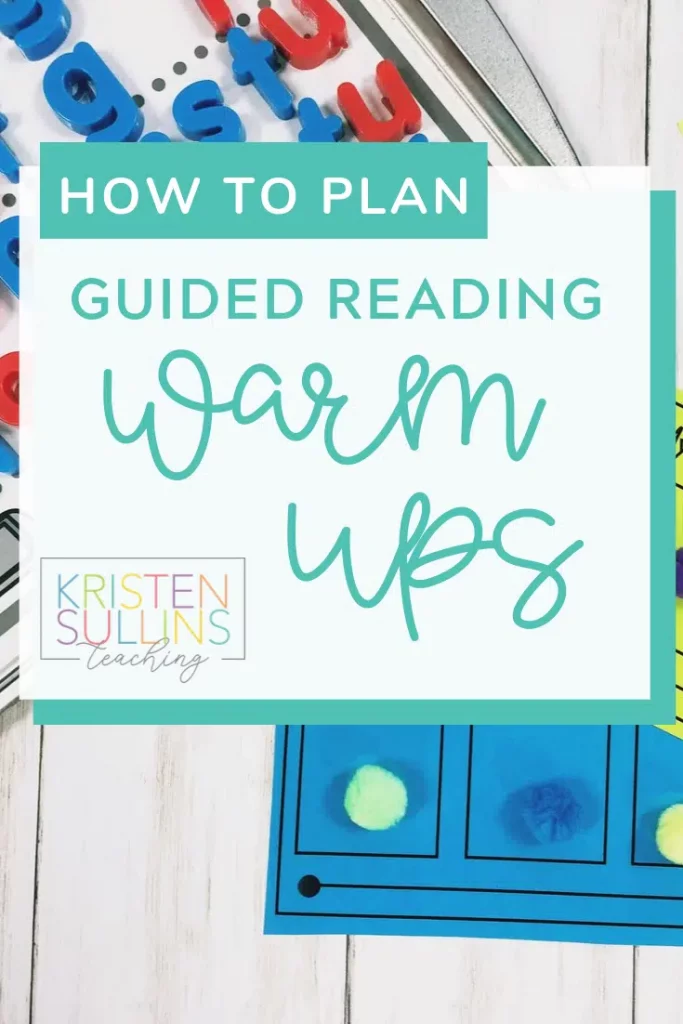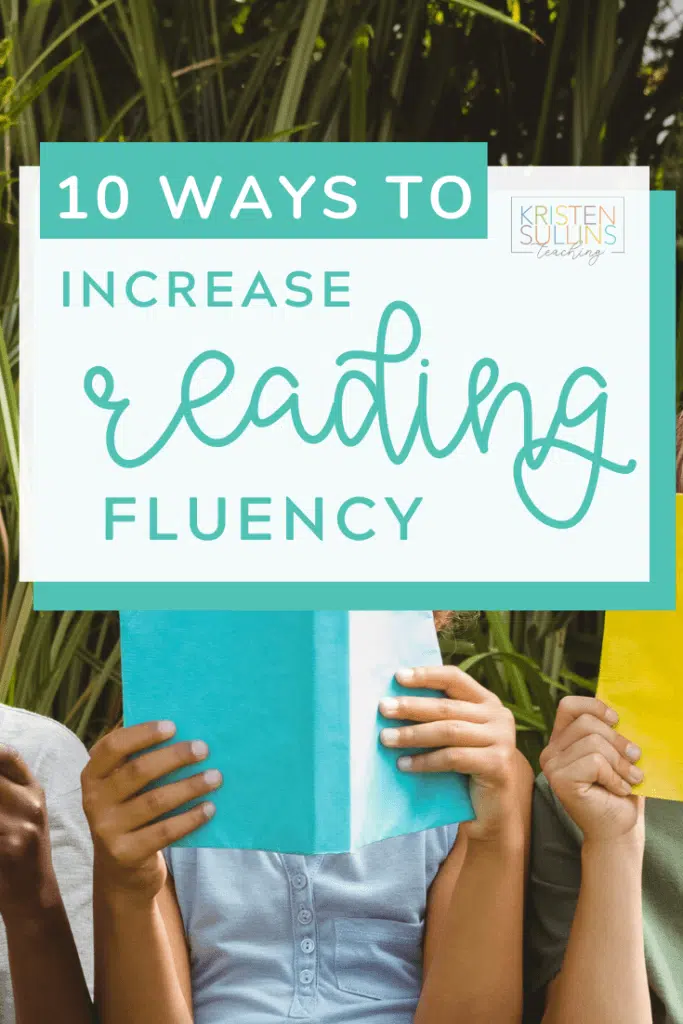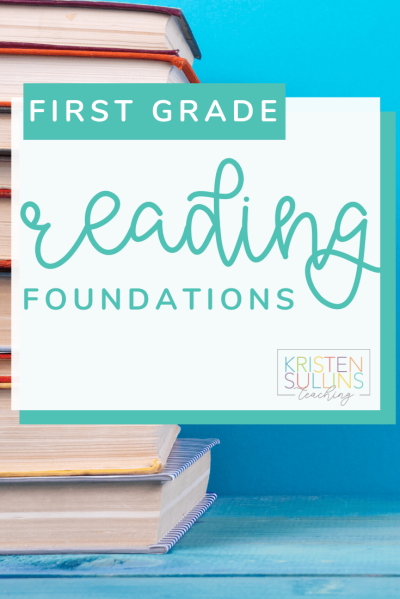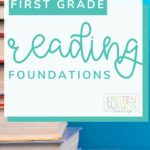Teaching in a post-covid world has widened the learning gap especially when it comes to learning how to read for first graders.
Although it feels like we are still scrambling to figure out how and what to teach when it comes to reading foundations, here are a few things I do know:
- our instruction has to be incredibly purposeful, everything has to have a purpose and might even need to have several purposes
- our instruction needs to be versatile enough to switch back and forth from a classroom model to a distance learning model
- as hard as it may be, our instruction MUST be kid-friendly
So, with all that in mind, these are the four reading foundation exercises that I am focusing on to help close the reading gap caused by COVID.
I can't put them in order of importance because I feel like they are all equally important and should be practiced each day. They are:
- Phonemic Awareness Flash Drills
- Letter Knowledge Routines
- Phonics & Word Families
- Comprehension Focus Questions
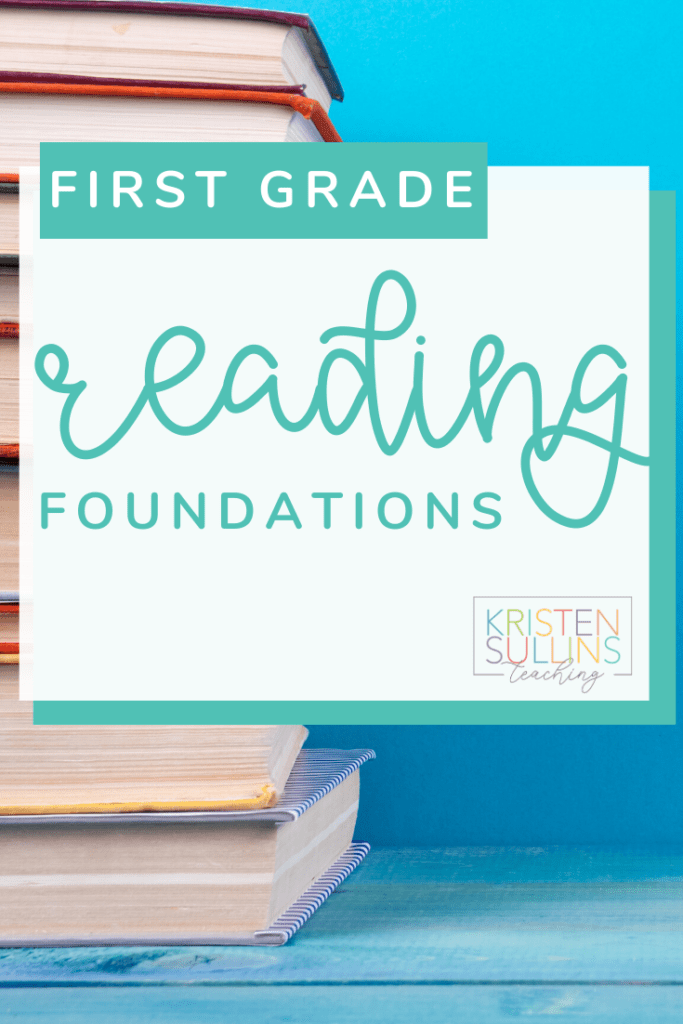
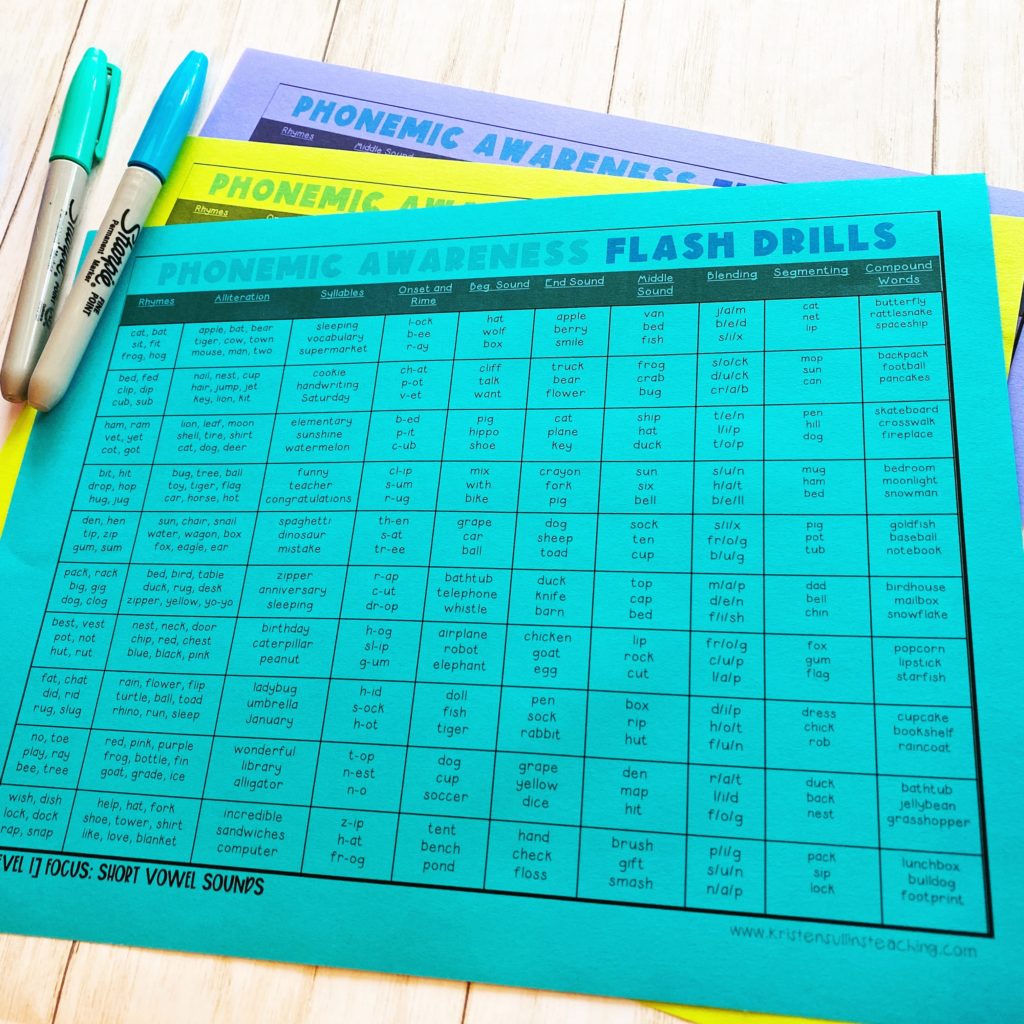
Reading Foundation #1: Phonemic Awareness Flash Drills
Most students fall victim to the ”summer slide”. Phonemic awareness and phonics are the two biggest building blocks for reading that students need in Kindergarten and first grade.
The key to success: expose all students to these practices DAILY, then reinforce them in small groups or independent work time with students who need more help. For some of your students, they will need these drills for the entire year, others will only need a few weeks of refresher.
I created these phonemic awareness flash drills that cover 7-10 skills and can be done in 3-5 minutes. I use them daily whole group, then. again in small groups as needed.
The best part of these flash drills is that they can be done in the classroom, but could also be done in a Zoom or Google Meet if needed!
Reading Foundation #2: Letter Knowledge Routines
For letter knowledge, I review one letter a day through an “alphabet boot camp” (my daily routine is included) and I also do my Alphabet Arc routine daily for at least the first two months of school. Once most students have mastered the arc, we still use it on Monday’s to build words with our new spelling patterns.
I also use magnetic letters and cookie sheets (pictured to the right) at my small group table. We use the same routine from the alphabet arc to build words, but I LOVE having the magnetic letters at my small group table because the letters are easy to find and it saves SO much time!
So, IF we return to distance learning, you can print alphabet letter tiles to send home to students and they can continue working on these routines through Zoom or Google Meet!


Phonics & Word Families
The best practice or decoding and building words is to start with generating a class list of words. Here are a few prompts to help you.
Tell me a word that rhymes with “at”.
I’m thinking of a word that starts with /f/ and rhymes with “can”.
Word Families
CVC words are best taught as “Word Families”. Word families can usually be broken into an onset and rime.
A rime starts at the first vowel in the word, followed by the remaining letters in the word.
For example, in the word ”cat”, the onset is “at”.
By showing students how to identify the rime, now all they have to do is change the beginning letter or letters to form new words in that word family.
A few tips:
Comprehension Focus Questions
A comprehension focus question is ONE question that is your “theme” for every comprehension question you are going to ask your students about the text.
For example, your comprehension focus question might be “How did the character respond to the events in the story?”. Your goal might be for students to understand how a character changes in the book or discover their underlying motives.
You ONLY ask questions that relate to how a character responds to events in the story. You don’t ask about the setting. You don’t ask about author’s purpose. You only focus on the character in relation to the plot/problem solution, etc.
This strategy is successful because you are helping students FOCUS on one skill and deepen their understanding of that skill rather than just skimming the surface of several skills.
What are your thoughts on CFQ's?
What I particularly love about this comprehension strategy of using a focus question is that it easily transfers to a reading station. If you are practicing problem and solution during your whole group instruction, then put a reading response sheet in your stations that focuses on problem and solution. See, easy!
To read more about easy reading stations, check out:
Reading Comprehension Activities for First Grade
Ready to have all of your resources for teaching reading comprehension in one place? This is your one-stop shop! I’ve included lesson plan ideas, a writing station, a digital station and an interactive slideshow!
What's Next for Reading?
So we've already reviewed what it takes to build a strong foundation for reading:
- phonemic awareness
- letter knowledge
- phonics and word families
- comprehension focus questions
So what's next?
All of the things we talk about in this post lead to reading FLUENCY!
What is fluency?
The technical definition is “the ability to read with speed, accuracy, and proper expression.”
But in my mind, fluency comes when a student can do all four of the reading foundations EASILY! Meaning, it doesn't come with a struggle. Students can easily:
- decode new words because they can easily manipulate the parts of a word
- reading with expression and correctly read punctuation
- read at a good pace/speed
- understand what they are reading and be able to analyze all of the different story elements
What You Need to Know as a First Grade Reading Teacher...
Okay, you've taught all four of your reading foundations (phonemic awareness, letter knowledge, phonics and word families and reading comprehension).
You've added these skills into your entire literacy block AND your reading stations.
Your kids are doing well and starting to read independently and fluently.
You're done, right?
Ahh, if only our jobs were that easy. The job of a first grade reading teacher is never really over.
Once students become fluent on one level (ex: Guided Reading Level C), guess what? It's time for them to move on to the next reading level and you start the cycle ALL OVER AGAIN!
What does that mean?
You never really STOP teaching the four reading foundations, you just progress the skills!
As a first grade reading teacher, you should be teaching these four sets of foundational reading skills every day, ALL YEAR LONG!
The worst thing you could do is remove these foundational reading skills from your daily routine just because your students are starting to do well.
Will they continue to grow without these foundational skills in their daily routine?
Probably.
But they will grow a lot FASTER and EASIER if you continue these four sets of foundational reading skills EVERY. SINGLE. DAY. of the school year!

